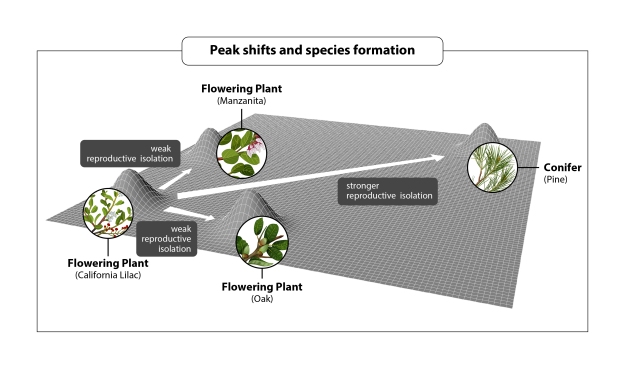
Timema petita (photo by R. Villoutreix)
In a new paper in Science we show how a large-scale (1 million base pair) deletion converts a continuum of body colors into discrete color morhps, and thereby likely increases crypsis in Timema stick insects. This deletion is also the breakpoint of an inversion, and thus our work shows that inversions can affect evolution in ways other than by suppressing recombination, that is by directly causing major mutations. More generally, this paper demonstrates a way that gene complexes can be packaged into (semi) discrete units of diversity, which has implications for understanding the evolution of other units such as sexes and species.
You can read more about the paper on EurkaAlert and the EcoEvo blog.

